Trending Today

23 MAR 2024
Re-Linking with Nature through Intelligent Architecture & Interior Design
Reconnecting with nature through intelligent design involves integrating natural elements into architectural planning to promote well-being and sustainability. This approach emphasizes maximizing daylight, incorporating green spaces, and utilizing eco-friendly materials, fostering a harmonious relationship between built environments and the natural world.
1. Biophilic Design Integration
- Incorporate natural elements such as plants, water features, and natural materials like wood and stone into architectural and interior design.
- Create connections with outdoor spaces through large windows, skylights, and open floor plans to maximize natural light and views of nature.
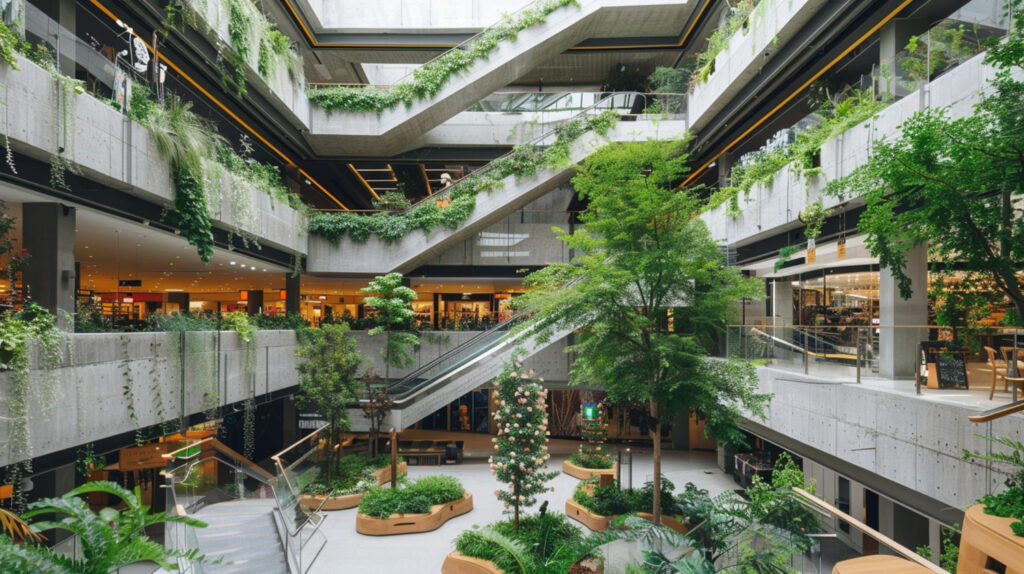
2. Sustainable Building Practices
- Adopt sustainable building materials and construction techniques to minimize environmental impact and promote energy efficiency.
- Implement passive design strategies such as orientation, shading, and natural ventilation & Geo-thermal cooling to reduce reliance on artificial heating and cooling systems.
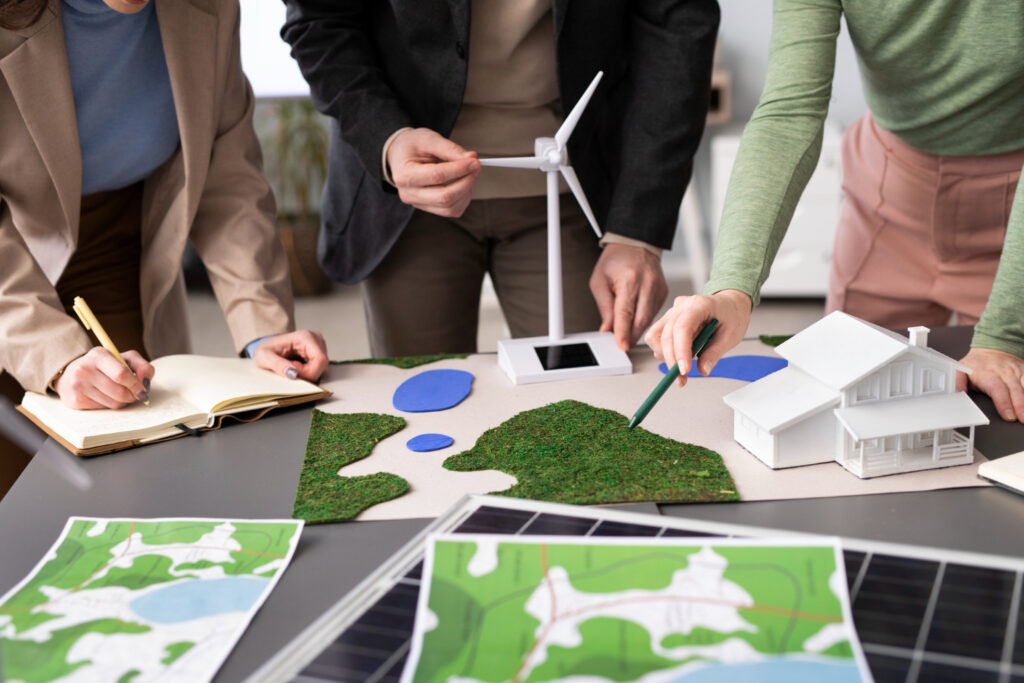
3. Green Roof and Vertical Gardens
- Integrate green roofs and vertical gardens into building design to improve air quality, regulate indoor temperature, and enhance biodiversity.
- Utilize rooftop gardens and terraces as recreational spaces for occupants to connect with nature and relax amidst greenery.

4. Natural Lighting Optimization
- Design spaces to maximize natural daylight penetration by strategically placing windows, skylights, and light wells.
- Use daylight harvesting technologies and light shelves to distribute natural light evenly and minimize reliance on artificial lighting during daylight hours.
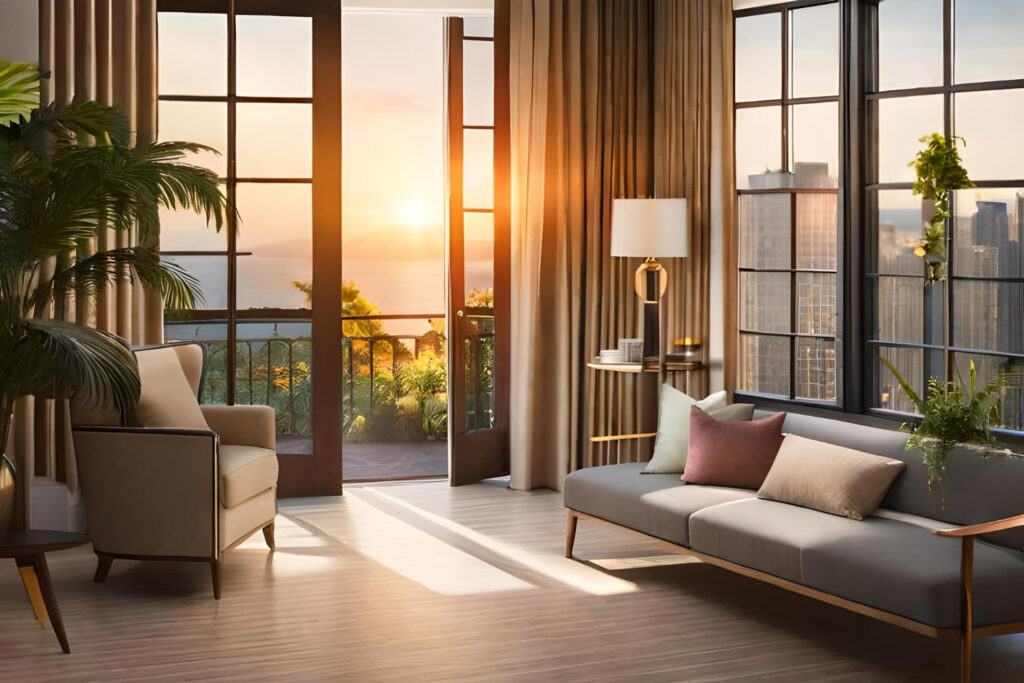
5. Outdoor Living Spaces
- Design outdoor living areas such as patios, courtyards, and balconies to encourage outdoor activities and social interaction.
- Provide amenities such as seating, dining areas, and fire pits to create inviting outdoor environments for relaxation and recreation.

6. Water Features and Reflection Pools
- Incorporate water features such as ponds, fountains, and reflection pools to create tranquil and reflective spaces within the built environment.
- Utilize water as a design element to enhance sensory experiences and promote a sense of calm and serenity.
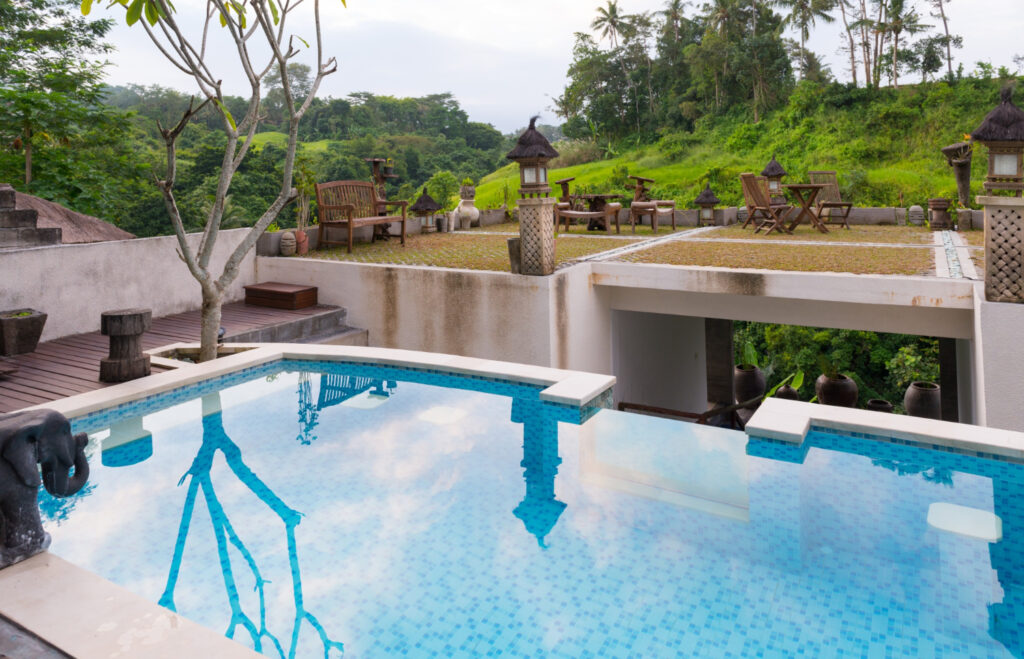
7. Natural Material Selection
- Choose natural and renewable materials such as bamboo, cork, and recycled wood for interior finishes, furniture, and decor.
- Opt for non-toxic and eco-friendly materials to improve indoor air quality and create healthier living environments.

8. Bioclimatic Design Strategies
- Design buildings to respond to local climate conditions and site-specific factors such as solar orientation, prevailing winds, and seasonal variations.
- Incorporate passive heating and cooling strategies such as thermal mass, natural ventilation, and solar shading to optimize thermal comfort and energy performance.
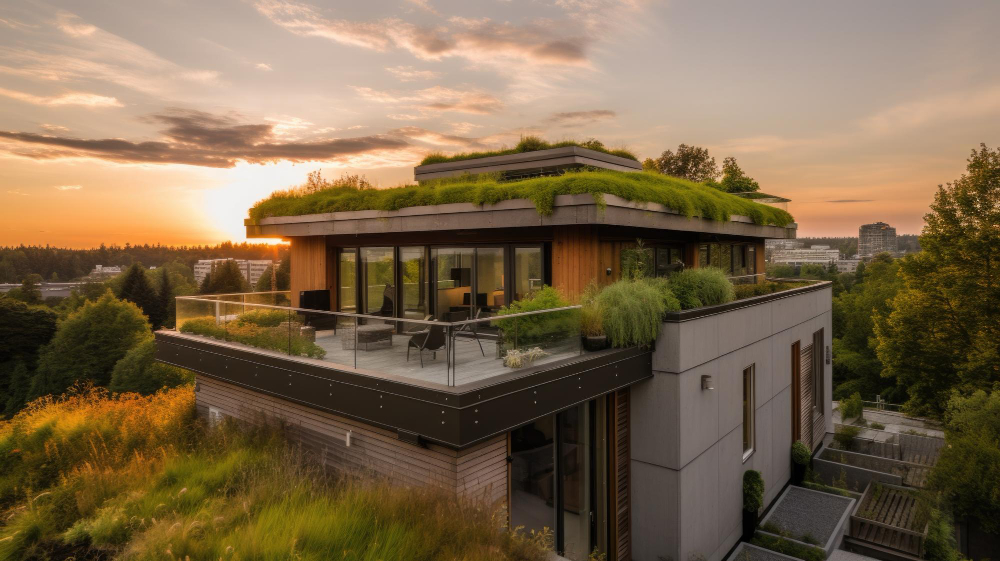
9. Connection with Surrounding Landscape
- Integrate buildings seamlessly into the surrounding landscape through site planning, landscaping, and architectural design.
- Preserve existing vegetation and natural features while enhancing access to outdoor amenities and recreational spaces for occupants.
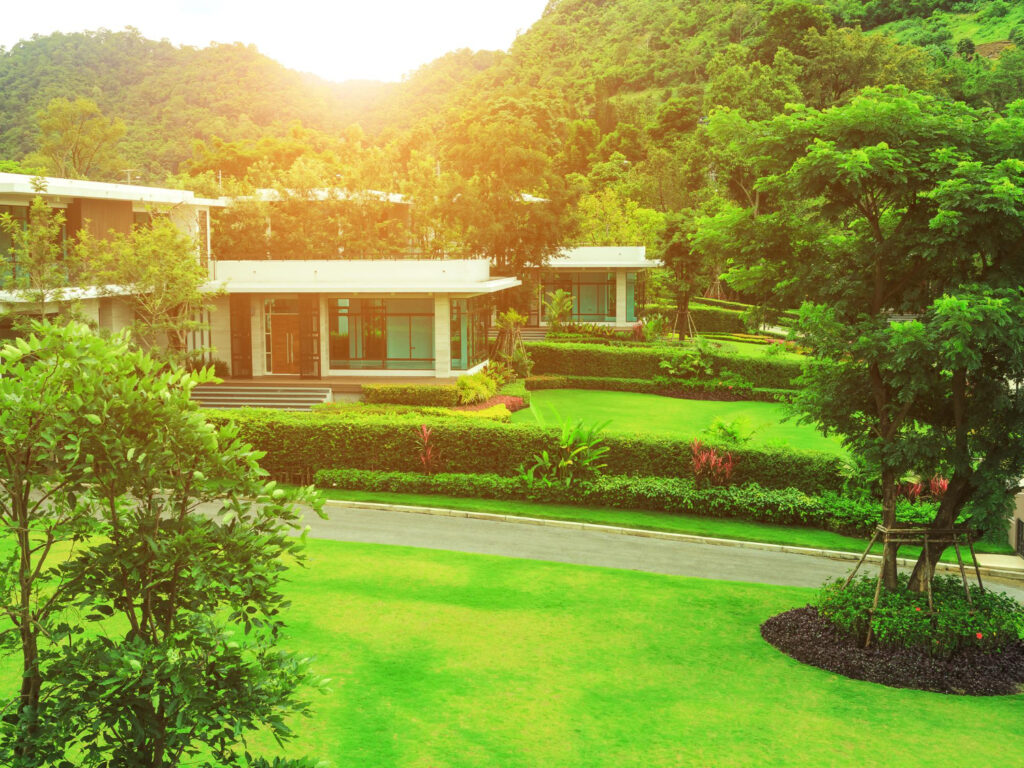
10. Holistic Wellbeing Approach
- Design environments that prioritize occupant wellbeing by promoting physical, mental, and emotional health through biophilic design principles.
- Create spaces that foster a sense of connection with nature, reduce stress, and enhance overall quality of life for occupants.


